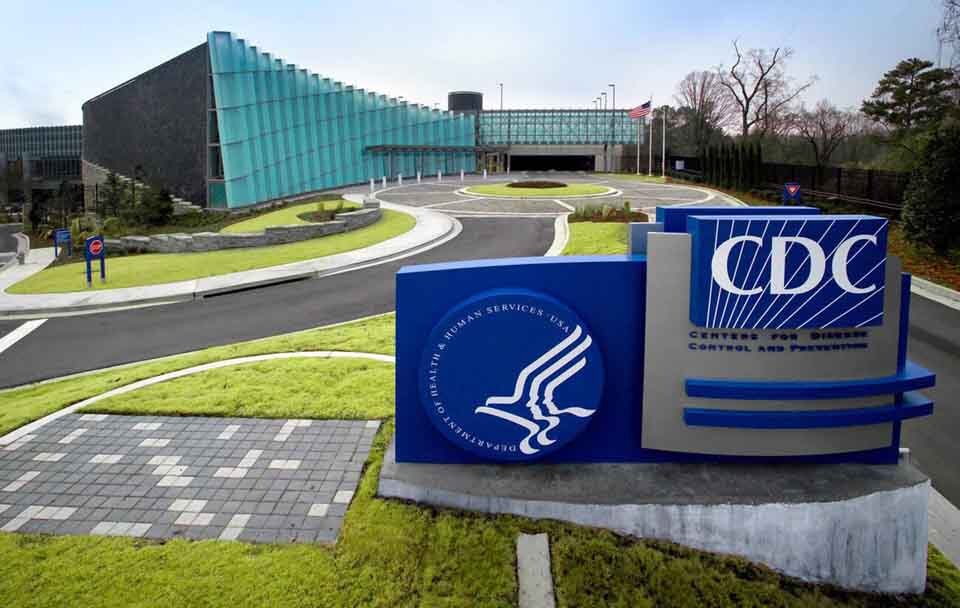Treatment for Hepatitis C is Widely Available in the United States. So Why Has Only a Third of Cases Been Cured Over the Past Decade?

Hepatitis C is a viral agent that affects somewhere between 2.5 million to 4.7 million people within the United States, according to the Department of Health and Human Services. That’s no small number, needless to say. According to the Center for Disease Control (CDC), however, only a third of identified hepatitis C cases (34%) have been cured or cleared between 2013 and 2022. Why is that? Well I’ll give you a rundown, as well as give you information on hepatitis C itself in case you would like more information or suspect you may have it.
The new report from the CDC claims that 1.7 cases of hepatitis C were identified from 2013 and 2021. This information was gathered from patients across all 50 states who were tested and positively identified by Quest Diagnostics (a company that serves half the physicians and doctors working in the US and is derived from the world’s database of clinical lab results). The Viral Hepatitis National Strategic Plan for the United States from the Department of Health and Human Services wants at least 80% of patients infected with hep C to be cleared by 2030, but as of now, it may not be possible, for many patients have yet to take the highly effective direct-acting antiviral (DAA) that’s more than available within the US.
As it turns out, the lowest number of cured cases were found in the population aged between 20 and 39 with other forms of insurance than Medicare, Medicaid or commercial. Only 16% were cured or cleared. The age with the highest clear rates are those aged over 60; more than 40% were cleared of the infection. Those with Medicare were more likely to be cured, once again at over 40%. Any other age group or insurance type was below that mark.
So, how do we address this problem? Or, more accurately, how does the healthcare system address this? Well, according to the researchers down at the CDC, a higher cure rate could be achieved only if there were increased access to diagnosis, treatment, and prevention services. This would at least allow the disease to stop progressing before it can do any serious harm to one’s body.
The CDC is adamantly calling for the implementation of universal screening recommendations, which would include treatment regardless of insurance type and adequate methods of prevention in case someone is at risk of acquiring a new infection.
While it is true that hepatitis C cases will go down significantly through the implementation of these factors, it also rests on personal awareness and information. After all, how many people can accurately tell you the difference between hepatitis A, B, and C? This sort of information needs to be more widespread for people to recognize when they might need to get a diagnosis. Sure, it might be a little pricey depending on your financial and insurance situation, but you know what else is pricey? Liver disease, which can cause irreparable damage and even kill you. So, what do you need to look out for?

According to the Department of Health and Human Services, roughly 51% of people don’t actually realize that they have hepatitis C. It’s considered a “silent” infection, which means that most cases show no signs of symptoms and usually go undiagnosed. As previously stated, the damages can be life-threatening, as it can lead to severe liver damage and can cause liver disease, the symptoms of which are below:
- Bleeding and bruising easily
- Fatigue
- Poor appetite
- Jaundice
- Dark-colored urine
- Itchiness
- Fluid buildup in abdomen/swollen abdomen
- Swelling in legs
- Weight loss
- Confusion, drowsiness and slurred speech
- Spider-like blood vessels on your skin
Hepatitis C is a bloodborne virus. Cases of infection come from exposure to other people’s blood through unsafe injection practices, unsafe health care, blood transfusions that have not been screened, injection through drug uses, and sexual practices that may lead to blood exposure. That is why sterile syringe exchange programs exist: to reduce transmission of hep C to others.
While not all cases of hepatitis C are chronic, most are. If you believe you may have hepatitis C, I implore you to seek a medical diagnosis and find treatment for it. If you think you’ve perhaps been contaminated through narcotics injections, you’re still able to go for your own health, as doctors are not legally allowed to report you to law enforcement.

Comments are closed.